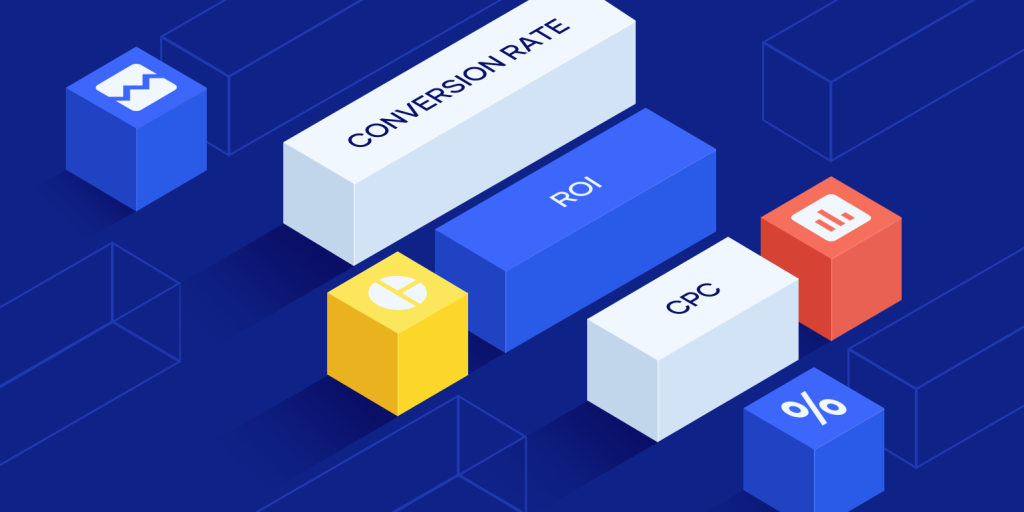Digital Marketing KPIsDigital Marketing KPIs
The goal of setting up Digital marketing KPIs is to measure how many people are visiting your website. Many of these metrics will be similar, but some will be more specific than others. For instance, you might want to measure how many people are finding the information that they’re looking for on the first page, or the average time spent on your site. Whether you’re tracking this data for a blog or for a website, it’s important to set the right goals for each.
Conversion rate per keyword
Regardless of your marketing goals, tracking conversion rate is an essential digital marketing KPIs. It tells you how well your website converts visitors into leads and customers. Although the average conversion rate is around two percent, it can vary from one to ten percent depending on the specific site. Unfortunately, Google Analytics does not measure conversions after they are defined. If you are looking for an accurate conversion rate, there are a few things to keep in mind.
First, you need to know the source of your visitors. Knowing where people are coming from can help you determine which marketing efforts are working and which ones are not. Another important digital marketing KPI to track is the bounce rate. This metric tells you whether your site’s content is converting customers. If they are leaving without completing a purchase, it is possible that they didn’t find what they were looking for.
Related: How to Develop a Powerful Digital Marketing Strategy Template

Cost per acquisition
In digital marketing, lowering cost per acquisition is an absolute must. By lowering CPA, you’ll be able to get more leads for your money. While this is a highly important metric, it’s far from the only one that matters. There are other metrics, such as CPC, CTR, and RPM, that are equally important. But if you’re not familiar with digital marketing, you should learn about them anyway.
Cost per acquisition (CPA) is a measurement that captures the total cost of acquiring a customer. The term is most often used in reference to media spending. However, it can also be used in a more narrow context, like to determine the cost per acquisition for a single customer. It’s useful for evaluating the effectiveness of paid marketing channels. Lower CPAs mean higher profits. However, CPA doesn’t account for indirect costs.
Cost per click
Often abbreviated as CPC, cost per click measures how much advertisers spend for a single click in pay-per-click advertising. It is an important KPI for digital marketers who want to measure the success of their advertising campaigns and optimize them accordingly. It is calculated by dividing the total cost by the number of clicks. You can also view CPC on your Facebook, Instagram, or Google Analytics account.
While the cost per click is an important digital marketing KPI, it should not be your sole measure of success. Quality score and click-through rate are also important. The higher the quality of a visitor, the lower the cost per click. With these factors, it is possible to create a successful marketing strategy that maximizes return on investment (ROI).

Average time on page
If you are looking for ways to increase your conversion rate, you may want to consider improving your average time on page (TOP) in digital marketing. This metric consists of the total time visitors spend on a page, minus the time spent exiting. To determine your TOP, you will need to sign up for Google Analytics. The Behavior overview will show you which metrics are related to engagement. For example, if a visitor spends an average of six minutes on your page, that is a good starting point.
This metric should only be interpreted positively if it is the result of improved navigation or interactive content. Similarly, it should not be interpreted negatively if a user encounters technical issues. While the average time on page varies widely across industries, it is generally around 50 seconds for most. It is important to remember that this is a broad measure that shows the overall average user experience. In order to improve your average time on page, consider the following factors.
Return on investment
To measure the effectiveness of your digital marketing campaign, you must have clearly defined goals. Otherwise, you’ll be measuring the wrong things. A SMART goal is one that is specific, measurable, actionable, and time-bound. It should also be realistic and achievable. A good way to make the first step toward SMART goals is to start with a vague goal and work backwards. For instance, if you want to increase your traffic, make it more likely to result in a sale. Once you know your goals, you can create specific metrics to track and measure.
The return on investment (ROI) of a marketing campaign is an important metric for measuring the effectiveness of a strategy. This metric compares the amount of money spent on marketing campaigns to the profit generated by the campaign. Return on investment can help you determine whether your marketing efforts are bringing in enough revenue to make your business more profitable. In other words, they help you decide if your marketing budget should be increased or decreased.




